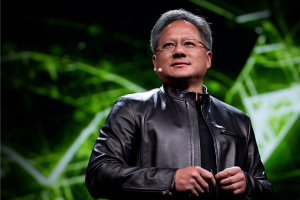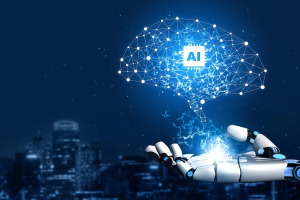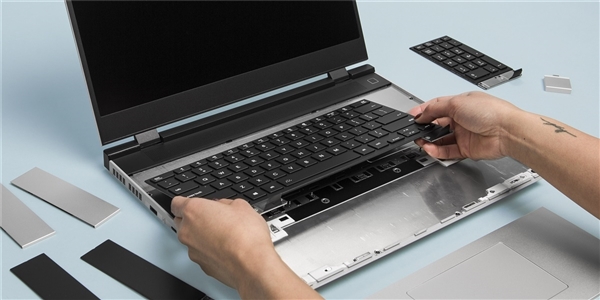March 31, 2024 – Recently, Microsoft and Intel jointly unveiled the definition of an AI PC: it must be equipped with a hybrid architecture chip, Copilot, and its corresponding physical button. However, the fact that all PCs upgraded to the latest Windows 11 version can use Copilot has led some to question whether the current concept of AI PCs is a “pseudo-concept.”
At the Intel Artificial Intelligence Summit held in Taipei, Taiwan, Todd Lewellen, Vice President of Intel’s Client Computing Group, announced that Copilot will soon support local operation on PCs. According to previous reports, Microsoft has many ideas and plans to transform Windows based on AI.

While Copilot still relies on cloud support and not all functions will run locally, Lewellen explained that many of its key features will operate directly on the local NPU. This shift towards local operation and deeper integration into the Windows system signifies a need for stronger end-side computing power.
“The requirement for the next generation of AI PCs is 40 TOPS (tera operations per second) of NPU compute power,” Lewellen stated, emphasizing that this is the demand for the NPU alone, not the combined compute power of the current hybrid architecture (CPU+GPU+NPU).
Currently, no CPU on the market meets this requirement. The closest to this standard is AMD’s Ryzen 8000 series APU, which offers approximately 16 TOPS of NPU compute power. However, Intel has confirmed that its next-generation Lunar Lake will exceed the 40 TOPS mark in terms of NPU performance.
This development is expected to usher in a new era of AI-powered PCs, where users can experience enhanced productivity, creativity, and personalization directly on their devices, without relying heavily on cloud-based services. As the technology continues to evolve, it remains to be seen how the industry will embrace this transformation and what new possibilities it will bring to the world of computing.












